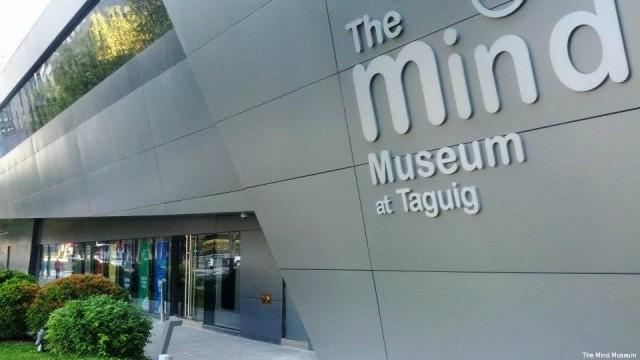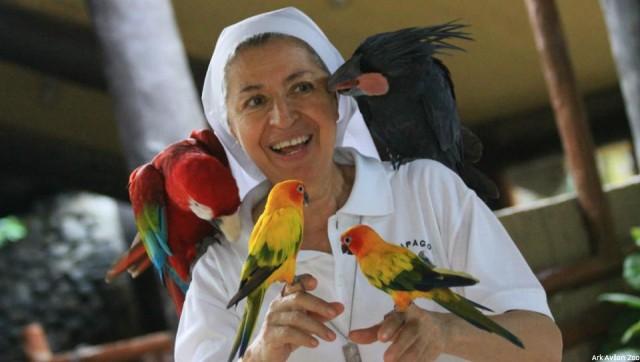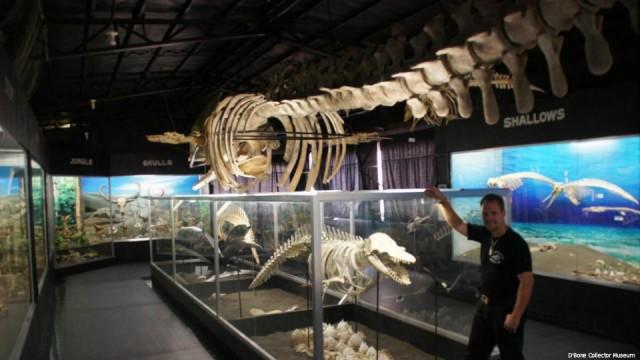Fun places to learn science in the PHL
No school? No problem! Science is a part of our everyday lives, and not just in the classroom. There are lots of places you can hang out and have fun in while learning science at the same time.
Here are some places across the country that offer workshops and exhibits that are sure to pique the curiosity of kids and science enthusiasts alike:
The Mind Museum

The Mind Museum (TMM) has been advocating Science awareness for over five years. Aside from their yearly internship program for college students, TMM also offers the Junior Mind Mover Program (JMM) for kids from as young as 4 up to 13 years old.
Through exercises and workshops, JMM’s are trained to become creative science communicators while familiarizing themselves with the exhibits of the Mind Museum.
There are two editions of the JMM program every year Summer (May) and Mid-year (July). For more information, you can visit the JMM page.
Philippine Science Centrum

The Philippine Science Centrum (PSC) is the country’s pioneering interactive science museum. With over a hundred exhibits, the PSC is a perfect venue for museum goers to experience science with all of their five senses.
Through educational activities and a child-friendly atmosphere, the PSC fosters a learning environment for children and adults alike.
The PSC is the flagship program of the Philippine Foundation for Science and Technology, a private foundation engaged in the promoting science education all over the country.
You can visit their website for more information.
Junior Astronaut Academy

The JAA was founded by Dr. Rogel Mari Sese, the founder of future Philippine Space Agency (PhilSA). A training course for kids aged from 7 to 12 years old, the JAA aims to simulate the training of astronauts.
Kids are introduced to space missions that will develop their skills in Space Physiology, Skill Set Training, Space Exploration and Space Robotics. At the end of each space mission, kids will be awarded with mission patches. The course lecturers and facilitators are trained space science educators and space technologists.
The JAA is a support program for the PhilSA as well as the advocacy of Regulus Space Tech, Inc. to bring the universe closer to Filipinos.
For more information, you can visit their Facebook page.
First Robotics Learning Center

Robotics enthusiasts will find their haven at the First Robotics Learning Center (FRLC), a place that promotes STEM (Science, Technology, Engineering and Math) education through interactive learning.
The Center boasts of state-of-the-art robotics equipment and innovative approaches to robot designing. Through hands-on experience with robotics kits, problem-solving and trouble shooting skills are developed. Kids will also learn how to think out of the box.
The FRLC’s2017 Summer Program is called Heroes Adventure: Rescue Mission. For more information, you can visit their website.
Manila Ocean Park

The first world-class marine theme park in the Philippines, Manila Ocean Park is known for its Oceanarium, marine-inspired attractions and an aqua-themed hotel.
Manila Ocean Park also features animal encounters such as: the Sharks and Rays encounter, Aquanaut, Mermaid Sea Experience and Be a Sea Lion Trainer.
With activities that are suitable for kids and adults, Manila Ocean Park offers customized promo packages on their website.
National Planetarium

With its new full dome planetarium projector, the National Planetarium takes its Science shows a notch higher. Through planetarium shows, lectures, demonstrations and exhibits, the Planetarium aims to disseminate astronomical information among Filipinos- children and adults alike.
The National Planetarium is under the management of the National Museum of the Philippines.
Visit their Facebook page for more details.
Ark Avilon Zoo

Ark Avilon Zoo is an interactive indoor zoo that features several exotic animals such as white tigers, Humbolt Penguins, Sulcata tortoises and the Victoria Crowned pigeon.
Zoo goers are also allowed to get up close and personal with the ‘friendly residents of Avilon Zoo’- some of which include: Jenny the Bornean Orangutan, and Tyson the Burmese Python.
Ark Avilon Zoo has a mini playground, and events area where parties and celebrations can be held.
You can visit their website for more information.
Ninoy Aquino Parks and Wildlife Center

Aside from being a recreational place at the heart of Quezon City, the Ninoy Aquino Parks and Wildlife Center (NAPWC) also has a mini-zoo that nurses injured animals back to life.
Back in 1987, the NAPWC was placed under the administration of the Protected Areas and Wildlife Bureau (PAWB). They are in charge of rescuing endangered species from illegal traders and owners. After the animals are cared for, they are set free in the wild.
The NAPWC also features a huge space under the shade of native trees where park goers can hold picnics, family gatherings and special events.
Their Facebook page has more information.
Mayon Planetarium and Science Park

Interestingly, the Planetarium does not focus on astronomical bodies or star-gazing. Instead, it educates visitors on volcanoes and their surrounding geographies through various exhibits.
Located at the base of the active Mayon Volcano, the Planetarium was built in a way that prevents lava flow from disrupting its operations.
The place prides itself on its stunning view of mainland Tabaco and its two islands, Natunawan and San Miguel.
For more information, you can check out their FB page.
D'Bone Collector Museum

Located in Davao, this museum houses close to a thousands skeletons representing dozens of species from all over the country and the world—from bats that could sit in your hand to whales the size of cars.
Curator Darrel Daniel "DD" Blatchley believes that bones are "the ultimate learning tool" because they can tell you how an animal lived and died. He opened the museum in 2012 with the goal of helping promote public appreciation of biodiversity.
You can find out more about D'Bone Museum via their Facebook page.
Zoobic Safari

Known for its popular tiger safaris, Zoobic features a whole lot of interactive and educational attractions. A few of these attractions are: Rodent World, Serpentarium, Zoogic Cave, Animal MuZOOeum and Aetas’ Trail.
With world-class amenities, sky safaris and photo ops with tigers, Zoobic is a place for families and animal enthusiasts.
For more information, you can visit their page.
Of course, these are just some of the many places you can go to learn not just about science but also about Philippine history and culture! Almost every province has a small museum tucked away, usually near the capitol or in a house or shrine commemorating a historical figure or event.
What other places would you recommend? Hit the comments below to let us know! — TJD, GMA News




